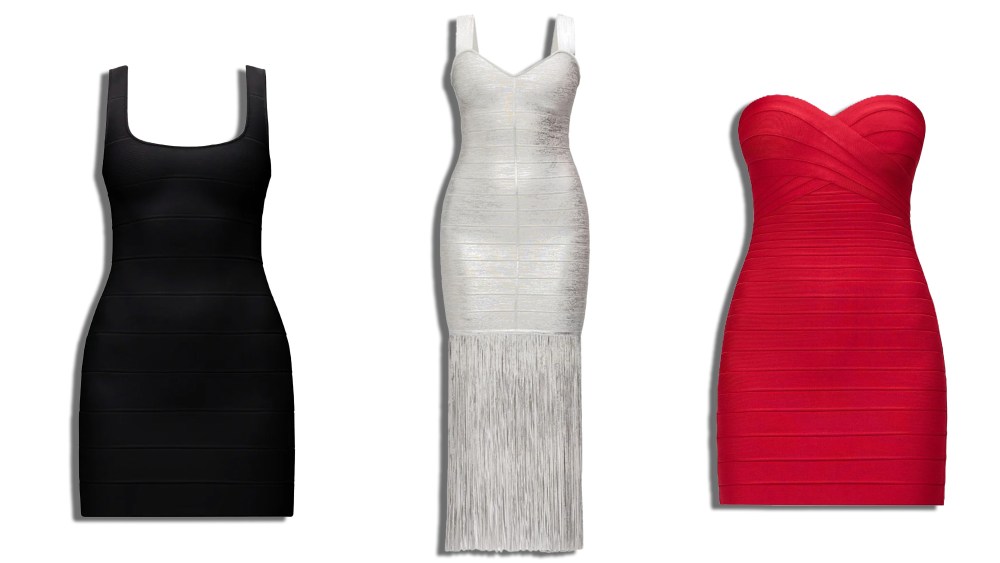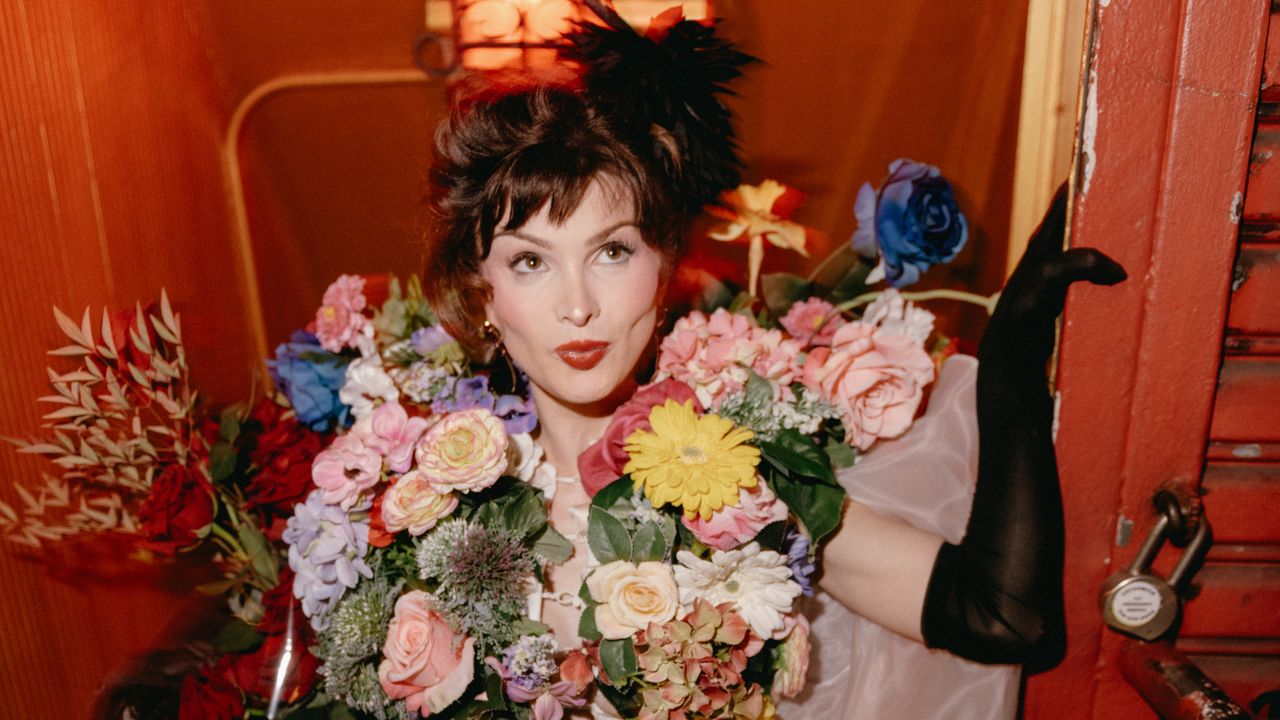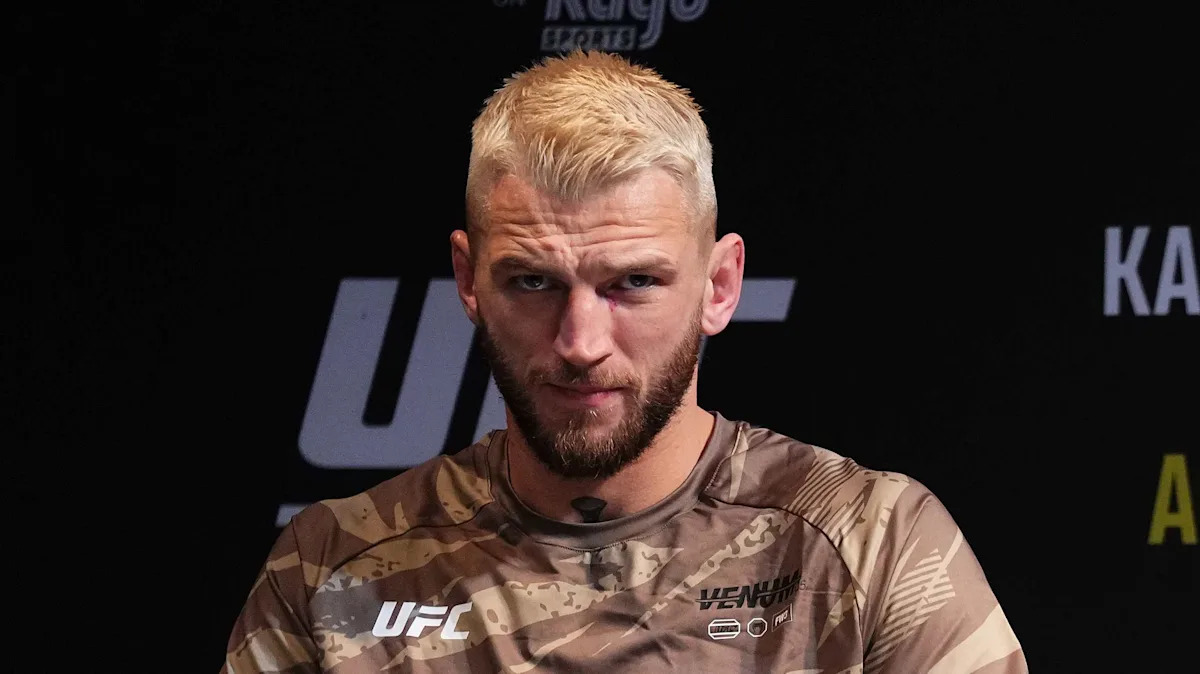
A fashion novel about what happens when American budget jeans brands Lee and Wrangler team up with Norwegian outdoor specialist Helly Hansen might leave one struggling to see just where the plot was headed.
The brands come from two different worlds and the age of the big houses of brands has dimmed in the U.S. as VF Corp. shrank, Tapestry Inc.’s deal to buy Capri Holdings fell apart and producers like PVH Corp. focused in on their biggest brands.
But Scott Baxter, president, chief executive officer and chair of Kontoor Brands Inc., believes he knows where it’s all going.
In large part, that’s because he’s been there before.
Baxter, architect of the $900 million deal that brought Helly Hansen into the Kontoor fold, is a VF veteran who helped buy and sell brands and was ultimately tapped to lead the spinoff of Wrangler and Lee.
Now he’s running with Kontoor — and starting to practice the art of portfolio management again. This time he’s coming at it with a more mature and patient approach.
“If there’s a lesson I have learned personally, [it’s that] experience matters, it really does,” Baxter told WWD.
“If I was in this role, and I was 40 years old, I probably would’ve bought something earlier,” said Baxter, who’s led Kontoor as a stand-alone company for over six years. “I would’ve just gone after a trophy earlier. But this time, I knew we had to wait for the right thing.
“When I was 40, I thought really long term [about my career], I had 20-something years left,” he said. “Now, at 61, I actually think much more long-term about the company, because my focus has shifted to all about the company.”
And Baxter said what Kontoor needed was Helly Hansen, explaining:
- Kontoor has credibility in the outdoor space given the past association with VF, which has a giant business with The North Face.
- Helly Hansen has built a big European business and has “years of growth” ahead of it in North America, a market Kontoor knows well.
- And because the cultures of the two companies mesh well.

Scott Baxter
Courtesy
Corporate culture and how two companies will vibe together as one is something that dealmakers only sometimes talk about. But Baxter said it should always be at the top of the list.
“After doing a bunch of acquisitions for a long time, and divestitures too, I learned one thing — it’s not so much the asset. People get caught up in the asset,” he said. “Some people get caught up in the financial returns. Some people get caught up in the financial synergies. If you can’t get the culture, throw it all out the window.
“Many people will make the acquisition and then think they can strong-arm the culture, ‘Well, they’ll adopt the way we do things.’ It’s never like that. Cultures are cultures and they have been developed and established over time. And you cannot change a culture in a very sophisticated or quick way,” he said.
With Helly Hansen, Baxter said Kontoor “found like-minded people that wanted to do great things, that worked hard, very humble and were very successful.”
During his time at Kontoor, Baxter been closely watching the market, looking at companies that are for sale, performing due diligence on candidates for his portfolio.
“We looked at a couple of companies and I knew right away, ‘I’ve been down this path, this is never going to work,’” he said. “People sit in a certain city, we’ll never be able to move people out of the city. They right away say things like, ‘Well, we really like it here.’ ‘Don’t change our office hours.’ You can feel that anything you want to do is going to be met with resistance.”
But red flags can be harder to see when a buyer really wants a deal to get done.
“It really boils down to experience,” Baxter said. “Experiencing all those different cultures, both positive and negative. You get a feel for what’s right. You’re never always correct.
“Our culture at Kontoor has always been humble — smart, but humble,” he said. “I’ve seen some really interesting acquisitions where you had a lot of smart people, less on the humbleness, and you can see there will be conflict right away.”
The Helly Hansen deal is, in part, a statement about the continued relevance of a house of brands, something Bernard Arnault has mastered at LVMH Moët Hennessy Louis Vuitton, but that almost everyone else, certainly in America, has struggled with in fashion.
Baxter is a believer.
“It’s a good business platform,” he said. “If you can run multiple brands, you can build a bigger, stronger company and then you can exchange talent in that company. And you have the ability and power to go ahead and take advantage of the strategies between those companies, the product engine between those companies, the supply chains between those companies. I like that model a lot.”
But there’s a trick to it.
“Don’t just buy brands to buy brands,” Baxter said. “Don’t just buy brands because a board member loves and uses that brand. And don’t buy things because you feel pressure from Wall Street. You can use your cashflow to buy stock back, increase your dividend or invest in your other businesses. Don’t feel that pressure. We never allowed ourselves to cave to the pressure of, ‘When are you going to buy a company?’”
Kontoor’s stock price is flat over the past year, leaving the company with an enterprise value of $5.9 billion, including debt of $1.5 billion.
That has the firm trading at 2.2-times its revenues of $2.7 billion and 12.4-times its earnings before interest, taxes, depreciation and amortization of $436.5 million, according to S&P Capital IQ.
In a world where VF’s enterprise value stands at 1.1-times revenues, Levi Strauss & Co. is trading at 1.7-times and Gap Inc. is at 0.7-times, that’s not bad at all.
Even though so many acquisitions don’t work out as intended, count Baxter as a buyer.
He said it’s really not that difficult.
“You buy a really good brand and you have really good people,” he said. “You set up a structure for them from a reporting standpoint and how you work with that team and you get a really good leader in there and you plug them into your good corporate model.”
Just like that.
Now Baxter is out looking to plug more brands into his good corporate model. He doesn’t expect Kontoor to go out of its comfort zone and buy a brand that’s very fashion-oriented and subject to rapid changes in trend, but he does expect a busy deal market.
#Helly #Hansen #Fuels #Kontoors #House #Brands #Strategy






